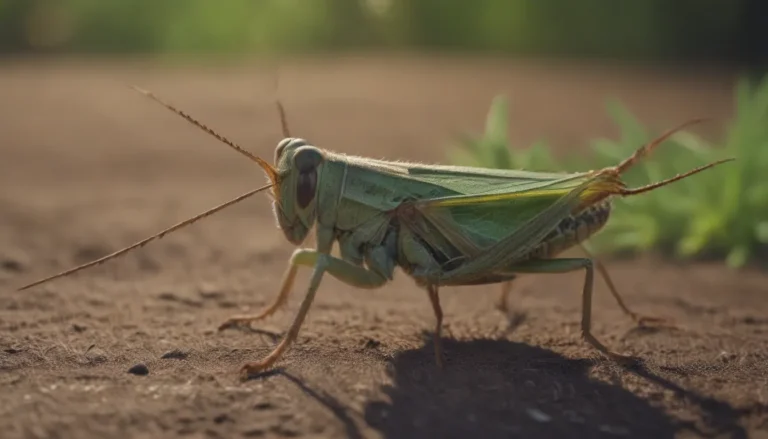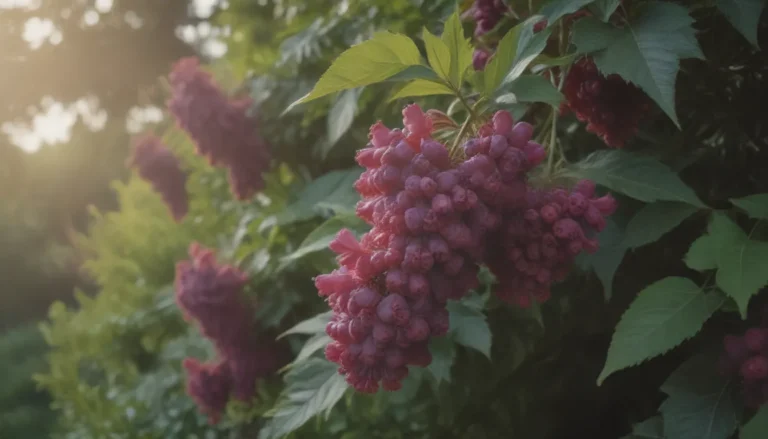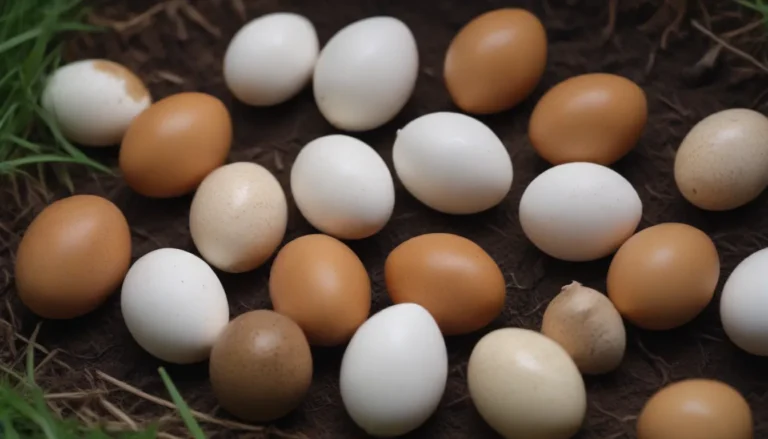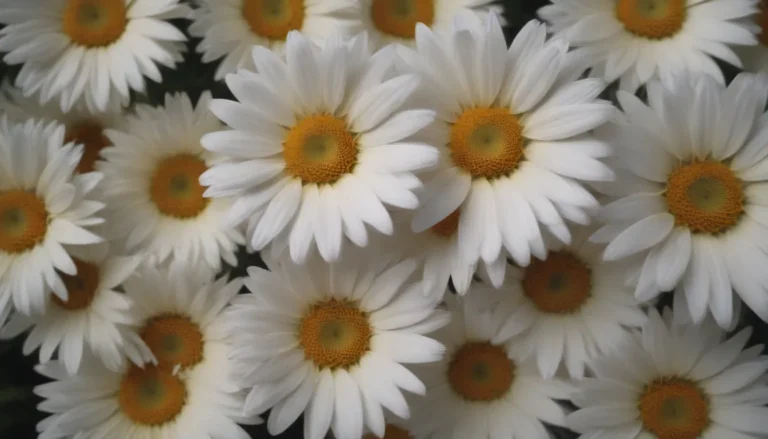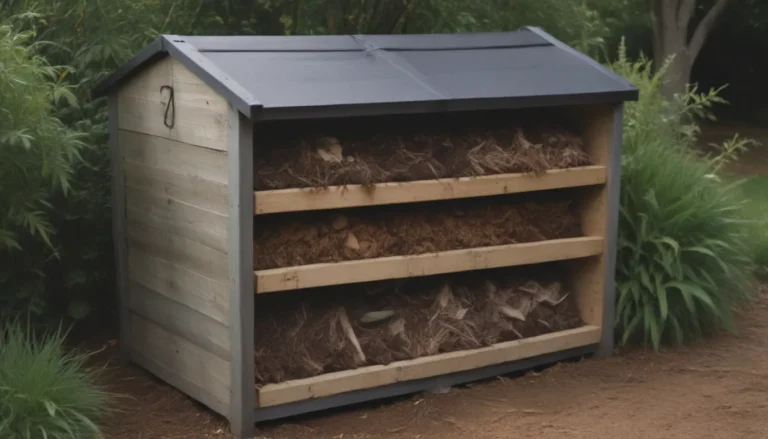10 Weeds With Purple Flowers: Embracing Beauty or Eliminating Pests?
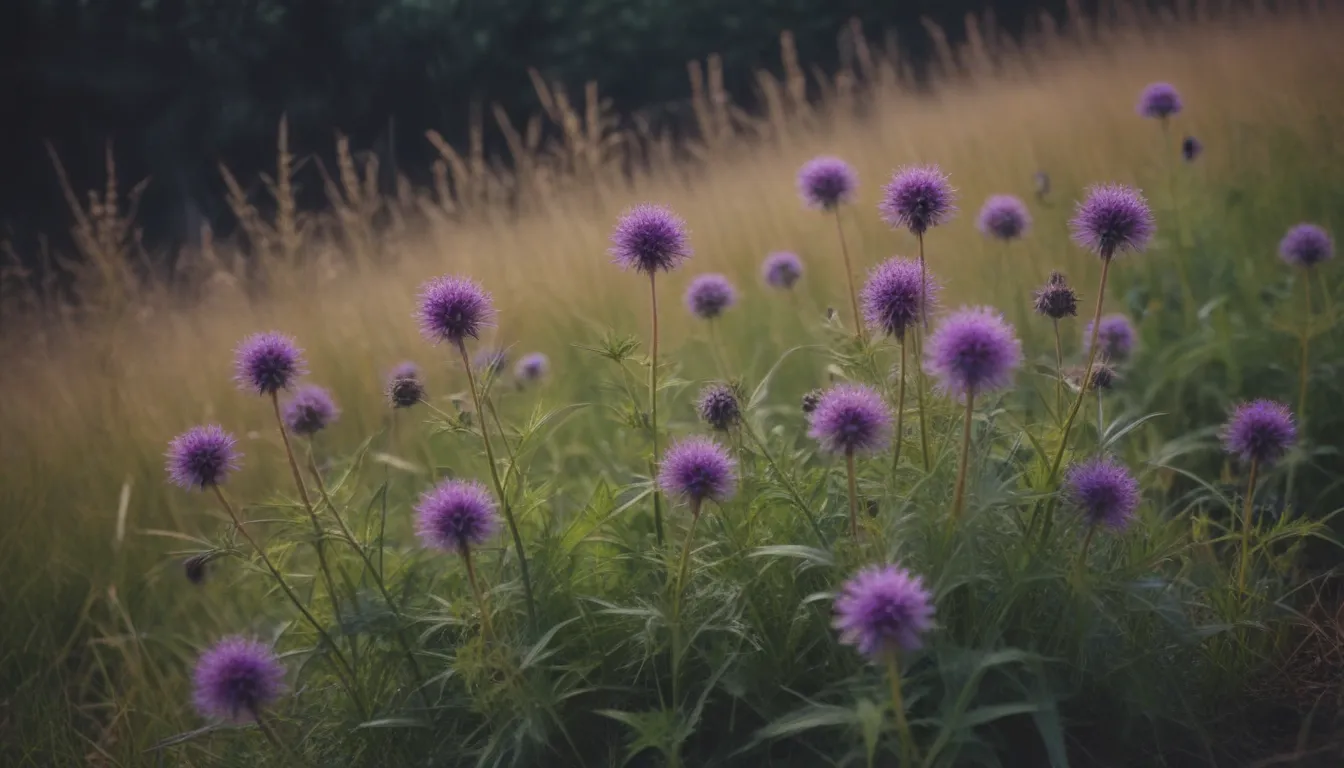
Purple flowers are often a sight to behold for many gardeners and nature enthusiasts. They add a pop of color and beauty to any landscape. However, when it comes to weeds with purple flowers, the decision on whether to keep them or get rid of them can be a tough one. Do the benefits of their beauty outweigh the drawbacks of having weeds in your garden? In this article, we will explore 10 weeds with purple flowers, how to identify them, and the pros and cons of keeping them in your yard.
The Beauty of Purple Violets
One of the most beloved weeds with purple flowers is the purple violet. These spring-blooming perennials are compact plants that bear lovely lavender-purple flowers and waxy, heart-shaped leaves. While some homeowners choose to let wild violets grow in their lawn due to their attractive appearance, they can be difficult to eradicate if you decide you don’t want them anymore. However, fall is the best time to try and get rid of wild violets with a typical weed killer.
- Name: Purple Violet
- Light: Full sun to partial shade
- Mature Size: 4 to 6 inches high
- Pros:
- Attractive blooms
- Compact growth habit
- Cons:
- Difficult to eradicate if unwanted
Dealing with Gill (Creeping Charlie)
Also known as creeping Charlie, Gill is a common lawn weed with vine-like growth that spreads from seeds, roots, and stems. It features scalloped leaves and bluish-purple flowers that bloom from mid-spring to early summer. While it spreads rapidly, regular maintenance can help control its growth. Hand-pulling and smothering with cardboard in the fall can help manage this invasive weed.
- Name: Gill (Creeping Charlie)
- Light: Full sun to partial shade
- Mature Size: Varies
- Pros:
- Lovely fragrance
- Cons:
- Invasive, spreads to flower beds
The Appeal of Bugleweed
Bugleweed is a weedy ground cover that spreads via stolons and bears glossy, dark-green leaves and blue, violet, or purple flowers. While the species plant can be invasive, there are cultivars like ‘Chocolate Chip’ that are less invasive and more attractive. Using a commercial or homemade weed killer can help control bugleweed in your garden.
- Name: Bugleweed
- Light: Full sun to partial shade
- Mature Size: Varies
- Pros:
- Flower spikes are moderately showy
- Cons:
- Aggressively spreads
Battling Bittersweet Nightshade
Bittersweet nightshade, a perennial vine that climbs if given support, blooms throughout the summer with clusters of flowers. While the berries and unique visual effect of staggered ripening may be interesting, all parts of the plant are toxic. Controlling small amounts of this plant through hand-pulling is recommended, especially if children play in the area.
- Name: Bittersweet Nightshade
- Light: Full sun to partial shade
- Mature Size: Varies
- Pros:
- Interesting visual effect with berries
- Cons:
- Toxic and stinky when crushed
The Battle Against Canada Thistle
A European perennial invasive in North America, Canada thistle features lance-shaped leaves with spines along their margins. This aggressive plant spreads by seed and roots, making it a nuisance in gardens and landscapes. Mowing repeatedly to prevent seed spread is crucial in controlling Canada thistle in your yard.
- Name: Canada Thistle
- Light: Full sun
- Mature Size: Varies
- Pros:
- None (unless you are an expert in wild foods or natural medicine)
- Cons:
- Aggressively spreads
- Sharp and pointy leaves
Dealing with Bull Thistle
Bull thistle, an upright weed with prickly margins, blooms in summer and early fall, attracting pollinators like butterflies, hummingbirds, and bees. While it is invasive, mowing to prevent seed spread or using glyphosate in non-grassy areas can help control its growth. Consider opting for native alternatives to bull thistle if you prefer a less invasive plant.
- Name: Bull Thistle
- Light: Full sun
- Mature Size: Varies
- Pros:
- Attracts pollinators
- Cons:
- Invasive and prickly
Exploring Tufted Vetch
Tufted vetch, also known as bird vetch, is a climbing plant with compound leaves and attractive flowers. Commonly planted for agricultural purposes, tufted vetch can be managed by gently pulling on the stem to detach the roots from the ground.
- Name: Tufted Vetch
- Light: Full sun to partial shade
- Mature Size: Varies
- Pros:
- Makes a good cover crop
- Cons:
- Not very showy
To be continued
